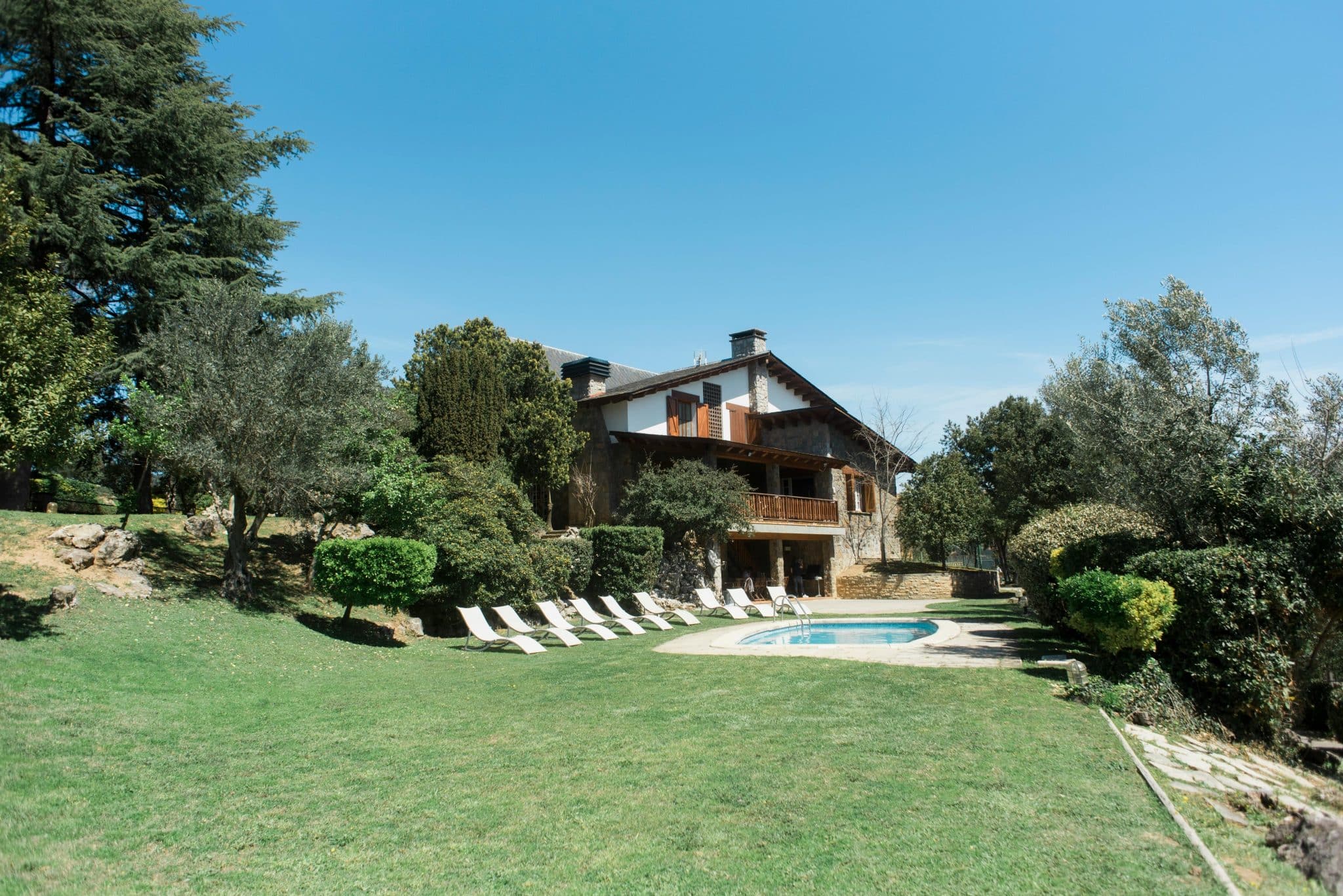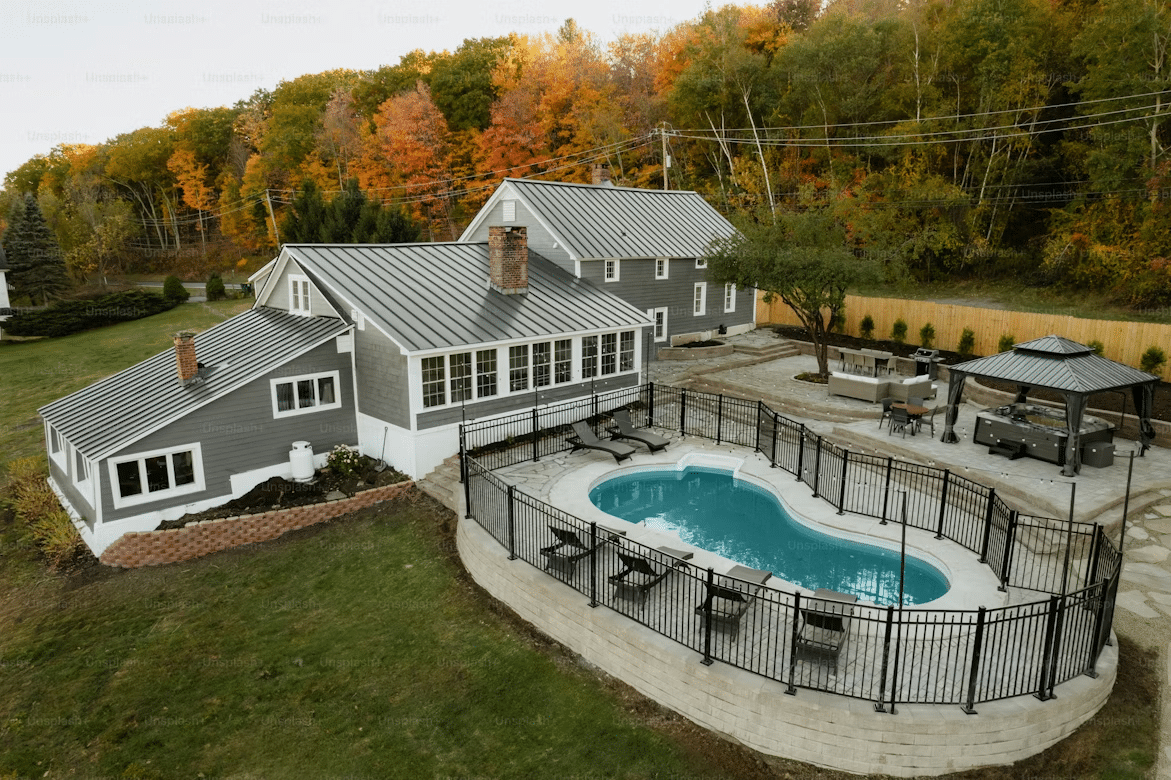As Dallas, TX, and the rest of the world increasingly embrace sustainable living, integrating eco-friendly practices into interior design has become more important than ever.
One of the most impactful ways to achieve a greener home is through the use of solar power. Not only does solar energy reduce our carbon footprint, but it also offers numerous benefits that enhance the aesthetics and functionality of interior spaces.
In this blog, we’ll explore five innovative ways solar power supports eco-friendly interior design, helping you create a beautiful, sustainable home.
1. Natural Lighting Enhancement
Natural lighting plays a crucial role in creating an inviting and aesthetically pleasing interior environment. By integrating solar power systems with smart lighting solutions, homeowners can maximize the use of natural light throughout their living spaces.
These smart systems can be programmed to adjust window shades, skylights, and light fixtures based on the time of day and the amount of sunlight available. This not only reduces the reliance on artificial lighting but also enhances the overall ambiance of the home.
Moreover, the strategic use of natural light can highlight architectural features and interior design elements, adding depth and character to the space. Solar-powered smart lighting solutions can be tailored to optimize light distribution, ensuring that every corner of the home is well-lit and welcoming. This approach not only conserves energy but also fosters a healthier living environment by promoting a connection with the natural world.
By embracing solar-powered natural lighting enhancement, homeowners can create a warm, inviting atmosphere that is both eco-friendly and visually stunning.
2. Energy-Efficient Appliances
Incorporating energy-efficient appliances powered by solar energy is a significant step towards creating a more sustainable and eco-friendly home. These appliances are designed to use less electricity without compromising on performance, making them an ideal choice for environmentally conscious homeowners.
When paired with a solar power system, the energy required to run these appliances is derived from a renewable source, further reducing the household’s carbon footprint. This combination not only lowers electricity bills but also minimizes the environmental impact associated with traditional energy consumption.
Energy-efficient appliances come in various forms, including refrigerators, washing machines, dishwashers, and HVAC systems, all of which can be seamlessly integrated into a solar-powered home. These appliances often feature advanced technologies such as inverter motors, smart sensors, and programmable settings that optimize energy use.
For instance, a solar-powered, energy-efficient refrigerator can maintain optimal cooling with minimal energy, while a solar-powered washing machine can adjust water usage and cycle length based on the load size. By investing in these appliances, homeowners can enjoy the benefits of modern conveniences while actively contributing to a greener, more sustainable future.
This approach not only supports eco-friendly interior design but also fosters a lifestyle that prioritizes energy conservation and environmental stewardship.
3. Sustainable Materials
The synergy between solar energy and sustainable materials is a cornerstone of eco-friendly interior design. Many eco-friendly building products, such as reclaimed wood, bamboo flooring, recycled metal, and low-VOC (volatile organic compounds) paints, require significantly less energy to produce when powered by renewable sources like solar energy.
By utilizing solar power in the manufacturing process, the overall carbon footprint of these materials is greatly reduced, making them even more environmentally friendly. Incorporating these sustainable materials into interior design not only enhances the aesthetic appeal of a home but also aligns with broader environmental goals.
For example, reclaimed wood can add a rustic charm to interiors while promoting the reuse of existing resources, and bamboo flooring offers a sleek, modern look with the added benefit of being a rapidly renewable resource. Additionally, low-VOC paints contribute to healthier indoor air quality, reducing harmful emissions and creating a safer living environment.
Solar energy further supports the lifecycle of sustainable materials by providing a clean, renewable power source for maintenance and upkeep. For instance, solar-powered tools and equipment can be used for renovations and repairs, ensuring that the eco-friendly ethos extends beyond the initial construction phase.
By integrating solar energy with sustainable materials, homeowners can create interiors that are not only visually appealing and durable but also significantly more sustainable, contributing to a healthier planet for future generations. This holistic approach to interior design underscores the importance of renewable energy in fostering a truly eco-friendly home.
4. Temperature Regulation
Temperature regulation is a critical aspect of maintaining a comfortable and livable home environment. Solar-powered heating and cooling systems offer a sustainable alternative to traditional HVAC systems that rely on fossil fuels.
By harnessing the sun’s energy, these systems can efficiently manage indoor temperatures, ensuring comfort throughout the year while significantly reducing the home’s carbon footprint. Solar thermal panels can be used to heat water and air, providing warmth during colder months, while solar-powered air conditioning units can cool the home during the summer.
The integration of solar-powered temperature regulation systems not only enhances the sustainability of the home but also leads to substantial energy savings. These systems often incorporate advanced technologies such as programmable thermostats, smart sensors, and energy-efficient components that optimize performance and minimize energy waste. For instance, a solar-powered heat pump can transfer heat from the outside air into the home during winter and reverse the process during summer, providing an efficient and eco-friendly solution for year-round temperature control.
5. Off-Grid Living
Off-grid living, powered by solar panels, allows homeowners to design interiors that are independent of traditional power sources, fostering a self-sufficient and eco-conscious lifestyle. This autonomy not only reduces utility bills but also encourages the use of sustainable practices and materials.
By embracing solar energy, homeowners can create a resilient, environmentally-friendly home that thrives on renewable resources. Embracing solar power in interior design is a transformative step towards a sustainable and eco-friendly home.
From enhancing natural lighting to supporting off-grid living, solar energy offers numerous benefits that promote environmental stewardship. By integrating these innovative solutions, Dallas, TX homeowners can create beautiful, efficient, and green living spaces for a brighter future for all of us.








